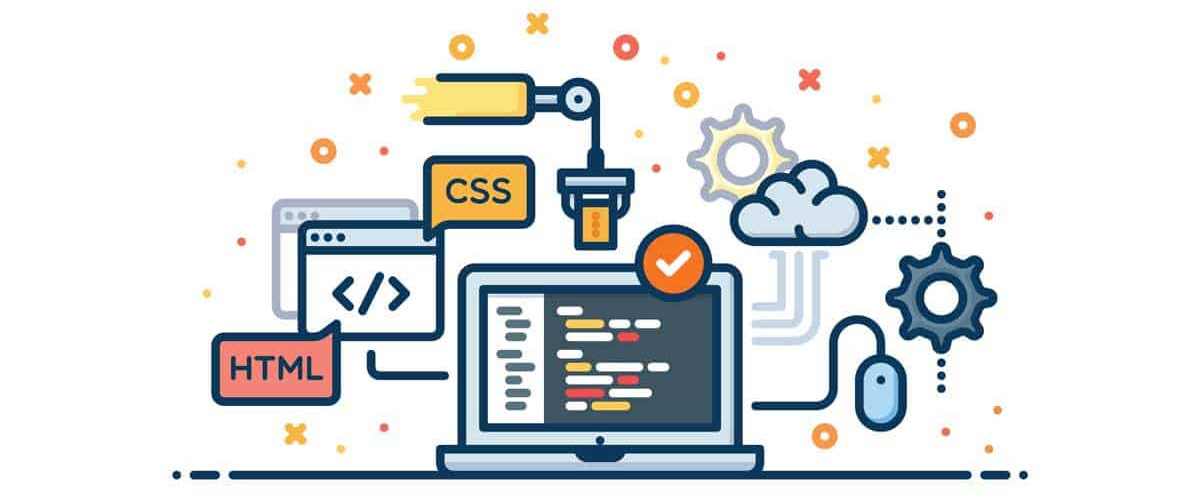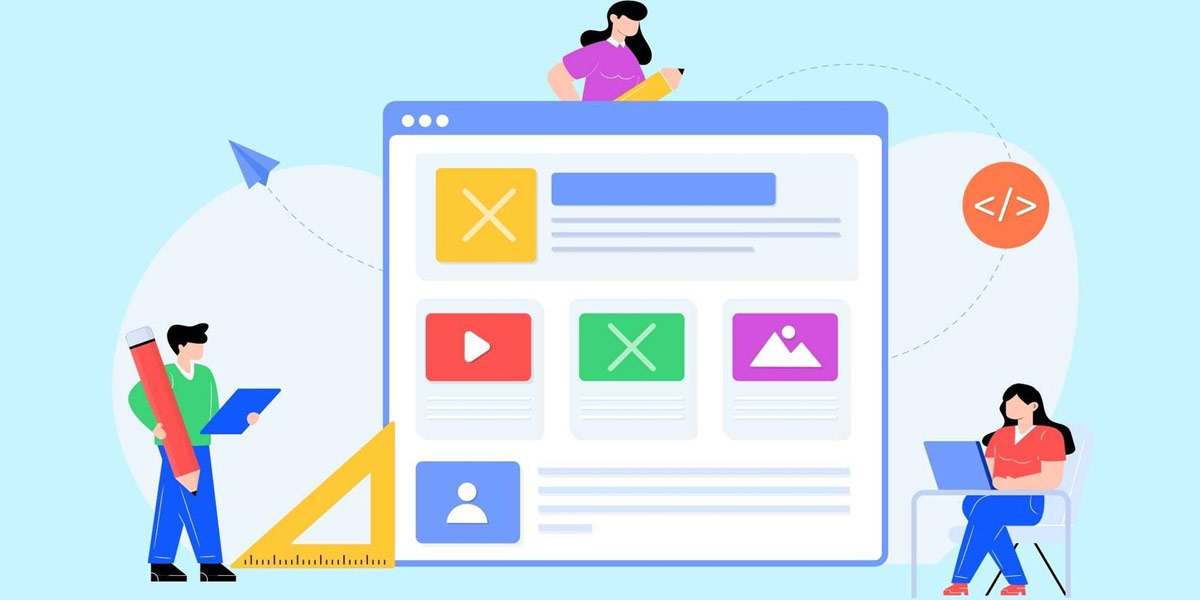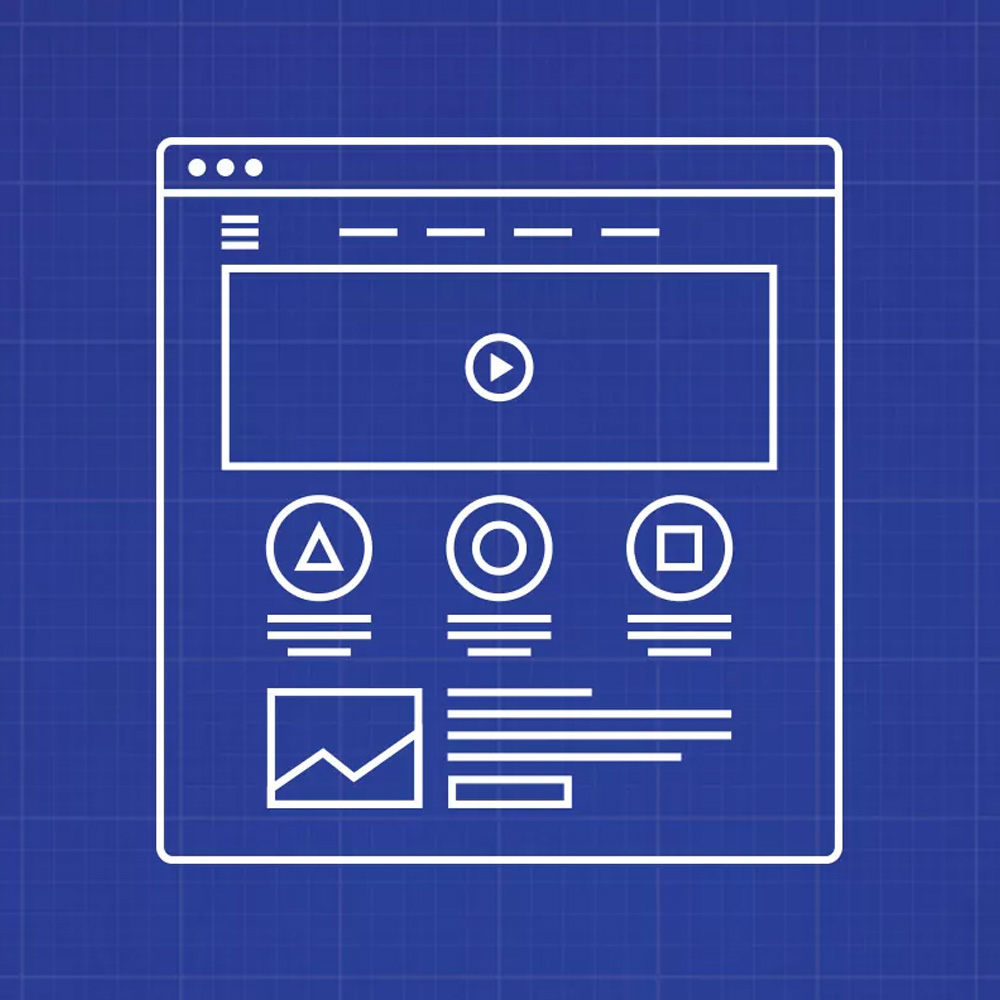
Top 10 Reasons To Redesign a Website
Your website serves as the face of your business in the virtual world, representing your brand, engaging your audience, and driving conversions. If your website fails to meet the ever-evolving needs and expectations of your target audience, it’s time to consider a redesign.
A website redesign is not merely a cosmetic makeover; it’s an opportunity to breathe new life into your online presence, align your digital strategy with your business goals, and provide an exceptional user experience. Whether you’re a small business owner, an entrepreneur, or a large corporation, understanding the top 10 reasons to redesign your website can be a game-changer.

Top 10 Reasons To Redesign a Website
In this comprehensive guide, we’ll explore the key factors that indicate your website is due for a revamp. From outdated design and inadequate functionality to an inconsistent brand image and underwhelming user experience, we’ll delve into the core reasons why a redesign is necessary. Additionally, we’ll provide insights into how a well-executed redesign can yield remarkable benefits such as improved user engagement, increased conversions, and enhanced search engine visibility.
By embarking on a website redesign journey, you have the opportunity to optimize your online presence and create a digital platform that reflects the essence of your brand. We’ll uncover best practices, expert tips, and practical strategies to ensure your website redesign project is a resounding success.
So, if you’re ready to unlock the power of a fresh online presence and take your digital strategy to new heights, join us as we explore the top 10 reasons to redesign your website. From transforming outdated aesthetics to enhancing functionality and aligning with current industry trends, this guide will empower you to make informed decisions and drive meaningful results through a well-executed website redesign.

Top 10 Reasons To Redesign a Website: Introduction
1. Your Website is Old and Outdated
One of the primary reasons to consider a website redesign is if your current site looks outdated. Aesthetics play a vital role in capturing the attention of your audience, and an outdated design may give the impression that your business is stagnant or behind the times. By refreshing the look and feel of your website, you can create a modern and visually appealing experience that resonates with your visitors.
2. Your Website Doesn’t Meet Your Business Needs or Goals
As your business evolves, your website should adapt to reflect your changing needs and goals. If your current website fails to align with your business objectives or lacks crucial features and functionalities, it may be time for a redesign. A well-designed website should effectively showcase your products or services, facilitate conversions, and support your overall business strategy.
3. Your Website’s Functionality is Not Up to Par
The functionality of your website is a critical factor in providing a seamless user experience. If your website is slow to load, has broken links, or experiences frequent downtime, it can frustrate visitors and deter them from engaging with your brand. A website redesign can address these issues by optimizing performance, enhancing navigation, and ensuring smooth functionality across different devices and browsers.
4. Your Product Range Doesn’t Meet Reality
If your website features outdated or inaccurate information about your products or services, it can create a sense of mistrust among your potential customers. A redesign provides an opportunity to update your product range, showcase new offerings, and accurately represent the value your business provides. Keeping your website content up to date is crucial for maintaining credibility and attracting new customers.
5. Your Website Structure Doesn’t Meet Business Growth
As your business grows and evolves, your website’s structure should also adapt to accommodate expanding content and functionality. A poorly organized website can make it difficult for visitors to find what they are looking for, resulting in a frustrating user experience. A redesign can involve reevaluating your website’s structure, improving navigation, and implementing a user-friendly interface that facilitates seamless exploration of your site.

Top 10 Reasons To Redesign a Website: Your Website Structure Doesn’t Meet Business Growth
6. Your Competitor’s Website is More Visually Appealing Than Yours
In a competitive marketplace, it’s essential to stay ahead of your competitors. If your rival’s website is visually appealing and offers a superior user experience, it can put your business at a disadvantage. A website redesign allows you to analyze your competitor’s strengths and incorporate design elements and functionalities that set your website apart, leaving a lasting impression on your visitors.
7. Your Content is Outdated
Content is the backbone of any website, as it provides valuable information to your audience and plays a significant role in search engine optimization (SEO). If your content is outdated, irrelevant, or poorly structured, it can hinder your website’s performance and rankings. A website redesign offers an opportunity to update and optimize your content, ensuring it aligns with your target audience’s interests while incorporating relevant keywords to improve search visibility.
8. Your Target Audience’s Expectations or Needs Have Changed
Consumer preferences and expectations evolve, and your website should adapt accordingly. If your target audience’s needs or preferences have shifted, a redesign can help you align your website’s messaging, design, and functionality to meet their expectations. By understanding your audience’s pain points and desires, you can create a tailored experience that resonates with them and drives engagement.
9. Your Website Isn’t Generating the Results You Want
Your website should be a powerful tool that drives conversions, generates leads, and increases your bottom line. If your current website isn’t delivering the desired results, it may be time for a redesign. By analyzing user behaviour, conversion rates, and performance metrics, you can identify areas for improvement and implement changes that optimize your website for maximum effectiveness.
10. Your Website Just Doesn’t Work
At times, a website can simply stop functioning properly due to technical issues or outdated coding. Broken forms, error messages, or a lack of responsiveness can hinder user experience and reflect poorly on your brand. In such cases, a website redesign is necessary to address these underlying technical issues, ensuring your website functions flawlessly across all platforms and devices.

Top 10 Reasons To Redesign a Website: Your Website Just Doesn’t Work
Conclusion
Redesigning your website is not just about refreshing its appearance; it’s about aligning your online presence with your business goals and meeting the evolving needs of your target audience. By addressing the top 10 reasons mentioned above, you can ensure your website remains effective, visually appealing, and capable of driving meaningful results. Embrace the opportunity to revitalize your online presence and create a website that reflects the essence of your brand and connects with your audience.
FAQs
When should I redesign my website?
A website redesign should be considered when your current website no longer meets your business needs or fails to provide a positive user experience. Some common indicators that it’s time for a redesign include outdated design, poor functionality, low conversion rates, and a decline in website traffic.
What are the benefits of redesigning my website?
Redesigning your website offers several benefits, such as improving user experience, increasing engagement and conversions, staying ahead of competitors, aligning with current design trends, enhancing brand image, optimizing for mobile responsiveness, and boosting search engine rankings.
How often should I redesign my website?
The frequency of website redesigns depends on various factors, including industry trends, business goals, and technological advancements. Generally, it’s recommended (according to Business 2 Community) to evaluate your website every 1.5 to 2.5 years to ensure it remains relevant, functional, and visually appealing.
What are the signs that my website needs a redesign?
Signs that indicate your website may need a redesign include a high bounce rate, slow loading speed, outdated content or design, poor mobile experience, difficulty in navigation, low search engine rankings, and negative user feedback. These signs suggest that your website is not effectively meeting the needs of your audience.
How much does it cost to redesign a website?
The cost of a website redesign can vary significantly depending on factors such as the complexity of the redesign, the size of the website, additional functionalities required, and the expertise of the web design agency or professional web designer hired. It’s best to obtain quotes and discuss your specific requirements with potential service providers to get an accurate estimate.
How long does it take to redesign a website?
The duration of a website redesign project depends on its complexity and scope. Smaller websites with minimal changes may take a few weeks, while larger websites with extensive modifications and additional functionalities may require several months. Proper planning, communication, and collaboration with your web design team are crucial to ensure a smooth and timely process.
What should I consider before redesigning my website?
Before embarking on a website redesign, consider factors such as defining clear goals and objectives, understanding your target audience, conducting a thorough website audit, identifying key functionalities and content requirements, establishing a realistic budget and timeline, and selecting a reputable web design professional or agency.
How can I make sure my website redesign is successful?
To ensure a successful website redesign, it’s important to have a well-defined plan and strategy in place. Clearly define your goals, communicate your expectations with the web design team, conduct user research and testing, monitor and analyze metrics before and after the redesign, and continuously iterate and optimize based on user feedback and data.
What are the best practices for website redesign?
Some best practices for a successful website redesign include conducting thorough research on your target audience and competitors, prioritizing user experience, creating a responsive and mobile-friendly design, optimizing page speed and performance, implementing effective navigation and information architecture, ensuring clear and compelling messaging, and integrating proper search engine optimization techniques.
How can I improve my website’s SEO through redesign?
A website redesign presents an opportunity to enhance your website’s SEO. Ensure that your website has a clear and logical structure, optimize page titles, meta descriptions, and headers with relevant keywords, use SEO-friendly URLs, create high-quality and engaging content, improve website speed and performance, implement proper schema markup, and ensure mobile responsiveness. Regularly monitor and analyze SEO metrics to track the impact of the redesign on search engine rankings.




